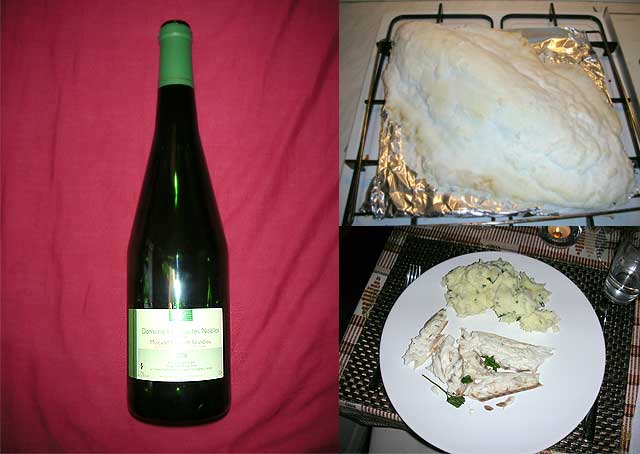Matching food and wine: braised oxtail and a Malbec from Argentina
Christmas time, a time of peace, quiet reflection and many calories. The Wine Rambler's Christmas was no different, just add a few more extra calories from lovely wine to the mix. And because combining the food and wine was such a joy, I am going to share some of it with you now. It all started with a sea bass in salt crust with a dry Muscadet, which was a pleasantly light way to kick off the festive food and wine season. After that I felt the need to be more robust and moved on to braised oxtail:





